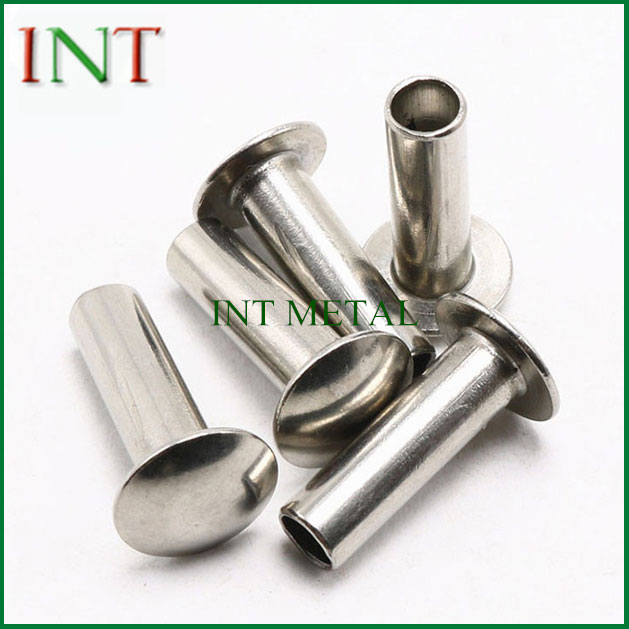Crafting Strength: The Manufacturing Process of Hollow Steel Rivets
2024-05-10
In the world of fasteners, hollow steel rivets stand out as versatile and reliable components used in various industrial and manufacturing applications. But how are these essential components manufactured? Let's take a closer look at the intricate process of producing hollow steel rivets, from raw materials to finished products, and the key steps involved in their production.
Step 1: Material Selection:
1. Steel Alloys: The manufacturing process begins with the selection of high-quality steel alloys suitable for rivet production. These alloys are chosen for their strength, durability, and corrosion resistance, ensuring that the finished rivets meet the required performance standards.
Step 2: Tube Formation:
2. Tube Extrusion: The selected steel alloys are fed into a tube extrusion machine, where they are heated and forced through a die to form hollow tubes of the desired diameter and thickness. This process allows for precise control over the dimensions and properties of the tubes.
Step 3: Cutting and Shaping:
3. Tube Cutting: The extruded steel tubes are then cut into individual lengths using specialized cutting machinery. This ensures uniformity and consistency in the size of the hollow steel rivet blanks.
4. End Forming: The ends of the hollow steel rivet blanks are formed into the desired shape using a variety of techniques, such as cold forming, hot forming, or machining. This step may involve processes such as chamfering, flaring, or threading to prepare the rivet ends for installation.
Step 4: Heat Treatment:
5. Annealing: To enhance the mechanical properties of the hollow steel rivets, the blanks may undergo a heat treatment process known as annealing. This involves heating the rivets to a specific temperature and then slowly cooling them to relieve internal stresses and improve ductility.
Step 5: Surface Treatment:
6. Cleaning and Coating: The surface of the hollow steel rivets is thoroughly cleaned to remove any contaminants or residues. Depending on the application requirements, the rivets may undergo surface treatments such as plating, coating, or painting to enhance corrosion resistance and aesthetic appearance.
Step 6: Quality Control:
7. Dimensional Inspection: Each hollow steel rivet undergoes rigorous dimensional inspection to ensure that it meets the specified tolerances and dimensions. This may involve measurements using precision instruments such as calipers, micrometers, or optical comparators.
8. Mechanical Testing: Samples of hollow steel rivets are subjected to mechanical testing to evaluate their tensile strength, hardness, and other mechanical properties. This ensures that the rivets meet the required performance standards and can withstand the intended loads and stresses.
Step 7: Packaging and Shipping:
9. Packaging: Once the hollow steel rivets pass quality control checks, they are carefully packaged in containers or boxes suitable for storage and transportation. Protective measures may be taken to prevent damage during handling and shipping.
10. Shipping: The finished hollow steel rivets are then shipped to distribution centers, warehouses, or directly to customers, where they are ready for use in various industrial and manufacturing applications.
In conclusion, the manufacturing process of hollow steel rivets is a complex and precise operation that involves multiple steps to transform raw materials into finished products. From material selection and tube formation to cutting, shaping, heat treatment, and quality control, each step plays a crucial role in ensuring the quality, reliability, and performance of the rivets. By adhering to strict manufacturing standards and quality control procedures, manufacturers can produce hollow steel rivets that meet the demanding requirements of modern industrial and manufacturing applications.



